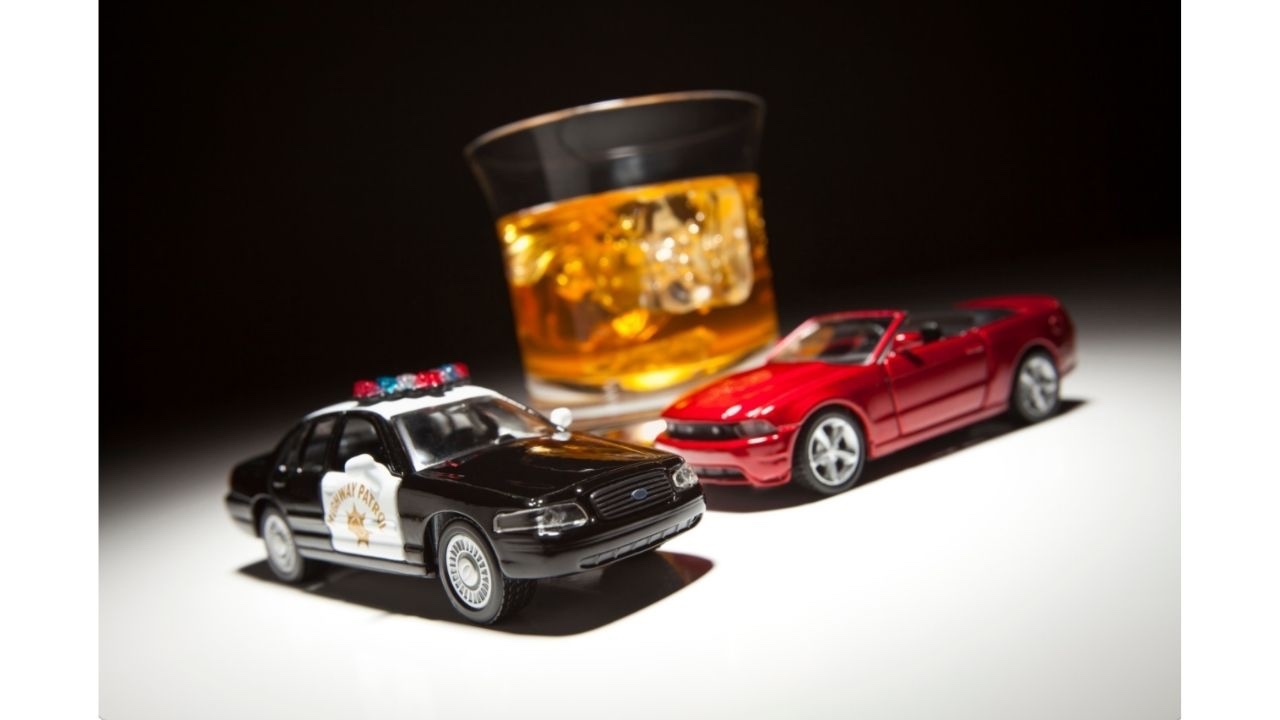
Impaired Driving: Data and Resources for California
Mar 30, 2022Information taken from CDC.gov
Every day, 29 people in the United States die in motor vehicle crashes that involve an alcohol-impaired driver. This is one death every 50 minutes. The annual cost of alcohol-related crashes totals more than $44 billion.
About one in three traffic deaths in the United States involve a driver with a blood alcohol concentration (BAC) of 0.08% or higher. Drivers with a BAC of 0.08% or higher (i.e., drunk drivers) are considered alcohol-impaired by law. Thanks to dedicated efforts, rates of drunk driving and alcohol-related fatal crashes have gone down in recent years. Still, drunk drivers got behind the wheel about 121 million times in 2012. Here are some Sobering Facts about Drunk Driving in California.
Thankfully, there are effective measures that can help prevent injuries and deaths from alcohol-impaired driving.
What Works: Strategies to Reduce or Prevent Drunk Driving
The strategies in this section are effective for reducing or preventing drunk driving. They are recommended by The Guide to Community Preventive Services and/or have been demonstrated to be effective in reviews by the National Highway Traffic Safety Administration.* Different strategies may require different resources for implementation or have different levels of impact. Find strategies that are right for your state.
Drunk driving laws
Drunk driving laws make it illegal nationwide to drive with a BAC at or above 0.08%. For people under 21, “zero tolerance” laws make it illegal to drive with any measurable amount of alcohol in their system. These laws, along with laws that maintain the minimum legal drinking age at 21, are in place in all 50 states and the District of Columbia, and have had a clear effect on highway safety, saving tens of thousands of lives since their implementation.
Sobriety checkpoints
Sobriety checkpoints allow police to briefly stop vehicles at specific, highly visible locations to see if the driver is impaired. Police may stop all or a certain portion of drivers. Breath tests may be given if police have a reason to suspect the driver is intoxicated.
Ignition interlocks
Ignition interlocks installed in cars measure alcohol on the driver’s breath. Interlocks keep the car from starting if the driver has a BAC above a certain level, usually 0.02%. They’re used for people convicted of drunk driving and are highly effective at preventing repeat offenses while installed. Mandating interlocks for all offenders, including first-time offenders, will have the greatest impact.
Multi-component interventions
Multi-component interventions combine several programs or policies to prevent drunk driving. The key to these comprehensive efforts is community mobilization by involving coalitions or task forces in design and implementation.
Mass media campaigns
Mass media campaigns spread messages about the physical dangers and legal consequences of drunk driving. They persuade people not to drink and drive and encourage them to keep other drivers from doing so. Campaigns are most effective when supporting other impaired driving prevention strategies.
Administrative license revocation or suspension laws
Administrative license revocation or suspension laws allow police to take away the license of a driver who tests at or above the legal BAC limit or who refuses testing. States decide how long to suspend the license; a minimum of 90 days is effective.
Alcohol screening and brief interventions
Alcohol screening and brief interventions take advantage of “teachable moments” to identify people at risk for alcohol problems and get them treatment as needed. This combined strategy, which can be delivered in health care, university, and other settings, helps change behavior and reduces alcohol-impaired crashes and injuries.
School-based instructional programs
School-based instructional programs are effective at teaching teens not to ride with drunk drivers. More evidence is needed to see if these programs can also reduce drunk driving and related crashes.
Sources:
-
National Highway Traffic Safety Administration. (2015). Countermeasures That Work: A Highway Safety Countermeasures Guide for State Highway Safety Offices, 8th edition.
For more information, visit Ventura County Limits.
